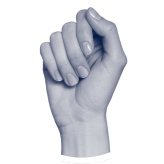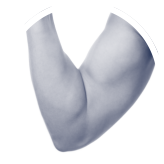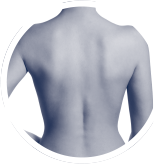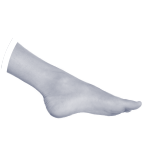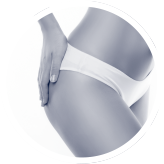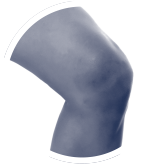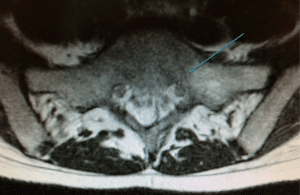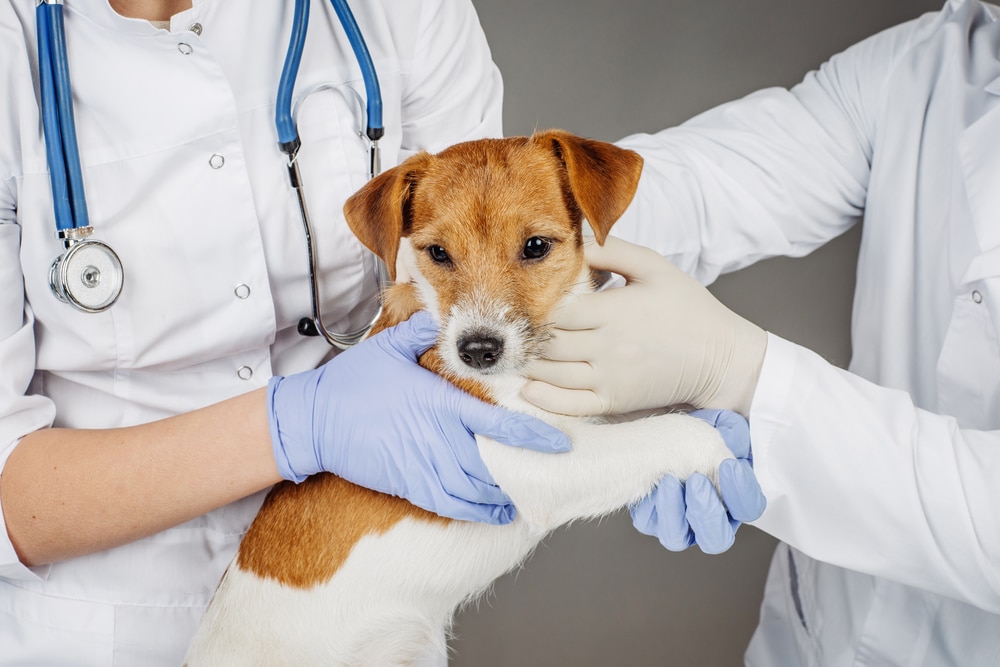
We all love our pets and would be heartbroken if they had an orthopaedic or musculoskeletal disorder that they were suffering from but did not know until it was too late to prevent the disorder from becoming worse.
Ultimately, yes – all animals can suffer from orthopaedic and musculoskeletal disorders. Much like humans, many animal musculoskeletal disorders are caused by old age. Unlike humans, it is rare that the lifestyle of a pet will be a contributor for such a condition. Other causes are genetic or injuries.
How Can I Tell If My Pet Has a Musculoskeletal disorder?
Musculoskeletal conditions affect the bones, cartilage, muscles, ligaments, joints, tendons and other connective tissues. So, when diseases affect one of these items, it will affect the pet’s ability to move. This can include limping, abnormal gait, loss of movements in joints and other forms of abnormal movement.
Many systems within a pet’s body are entangled with muscles and can affect a pet’s ability to see, breathe, breed, chew or urinate. Usually, this means that the musculoskeletal conditions are a sign of an underlying problem – such as metabolic disorders, infections, toxins etc.
What Are the Most Common Orthopaedic and Musculoskeletal disorders?
One of the most common musculoskeletal conditions is hip dysplasia and osteochondritis dissecans that is found primarily in large-breed canines and felines. Many of the canine sporting breeds and hounds are predisposed to this disorder – such as Bloodhounds, Golden Retriever and Cocker Spaniel. Hip dysplasia occurs when the hip joint develops abnormally and the muscles, ligaments and connective tissues to become too loose or tight, adding stress to the joint.
If the joint disconnects, this is known as a luxation. Other forms of luxation, such as the elbow or shoulder are also very common. These forms of luxation are common in Devon Rex and Abyssinian cats and a variety of different breeds of dogs.
Another common orthopaedic problem is fractures. These almost always occur because of an accident or trauma, such as a fall. However, these can also occur due to osteoporosis (where the bone becomes less dense) and, subsequently, less strong.
How Do You Treat Musculoskeletal and Orthopaedic Disorders in Pets?
Many disorders will likely require surgery from a veterinarian to fix, such as hip dysplasia. Depending on the age of the dog, there are several surgeries available:
- For puppies less than 10 months old, a triple pelvic osteotomy may be performed – where the pelvic bones are broken and realigned.
- For puppies between 16-20 weeks old, a juvenile pubic symphysiodesis can be performed. This fuses two pelvic bones together and the angle of the hop is changed to improve the connecting joints.
- For mature dogs, a full hip replacement could be performed. This is where the entire hip is replaced with an artificial one.
- Femoral head and neck excision. The head of the femur is removed and is replaced with a fibrous joint.
Depending on the available budget, the femoral head and neck excision is the cheapest and most successful. The most expensive are the triple pelvic osteotomy but have the highest rate of success.
However, for many disorders, it is simply a case of pain management and rehabilitation. PRICE therapy can be applied to many of these conditions, especially after an injury, to make your pet more comfortable. And many orthopaedic conditions can be alleviated with increasing strength and working to increase the range of motion.
Depending on the disorder, your veterinarian will recommend a plan of exercise and any medication or surgery requirement for your pet.
For more orthopaedic news and information, follow London Bridge Orthopaedic on Facebook, Twitter and LinkedIn.


